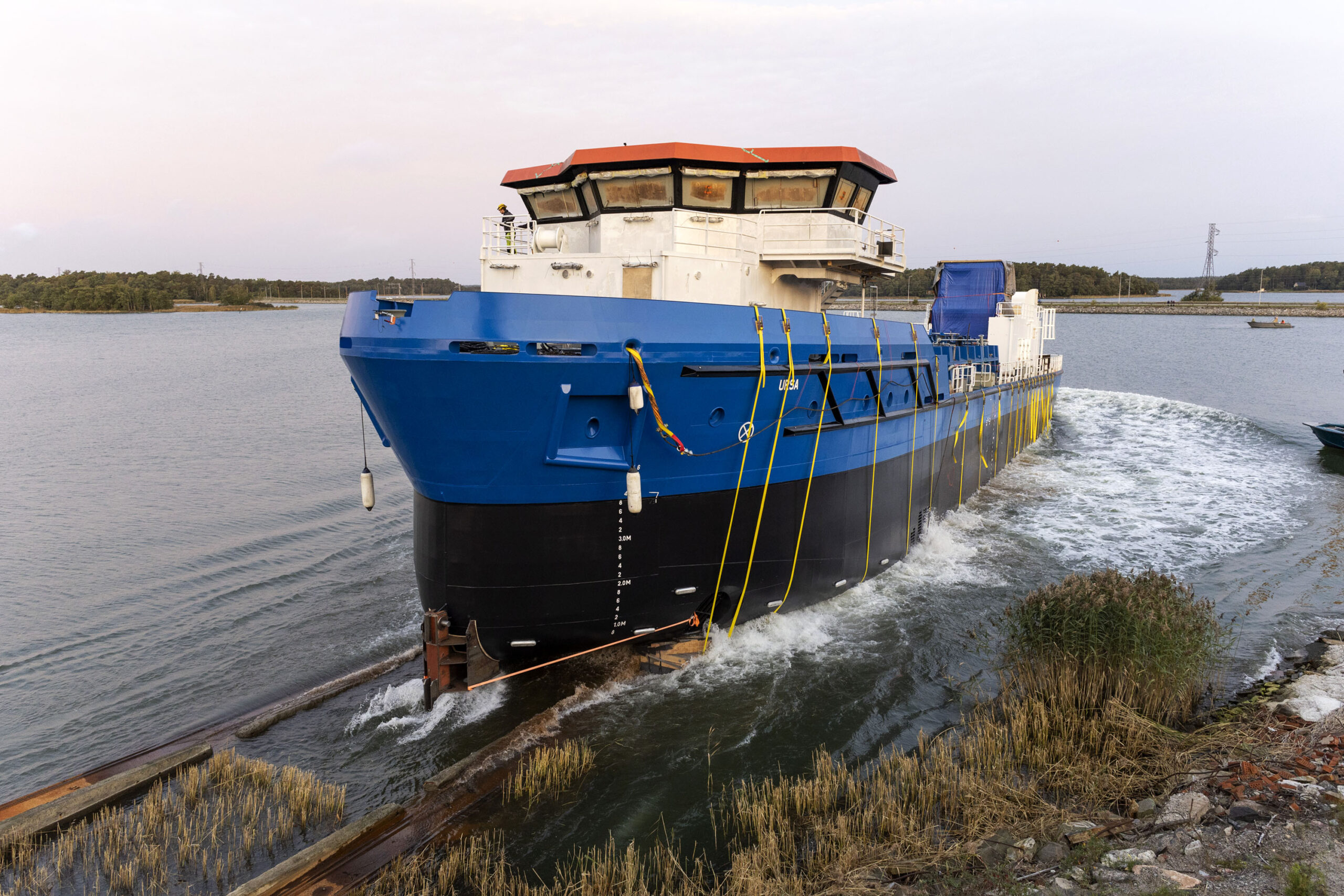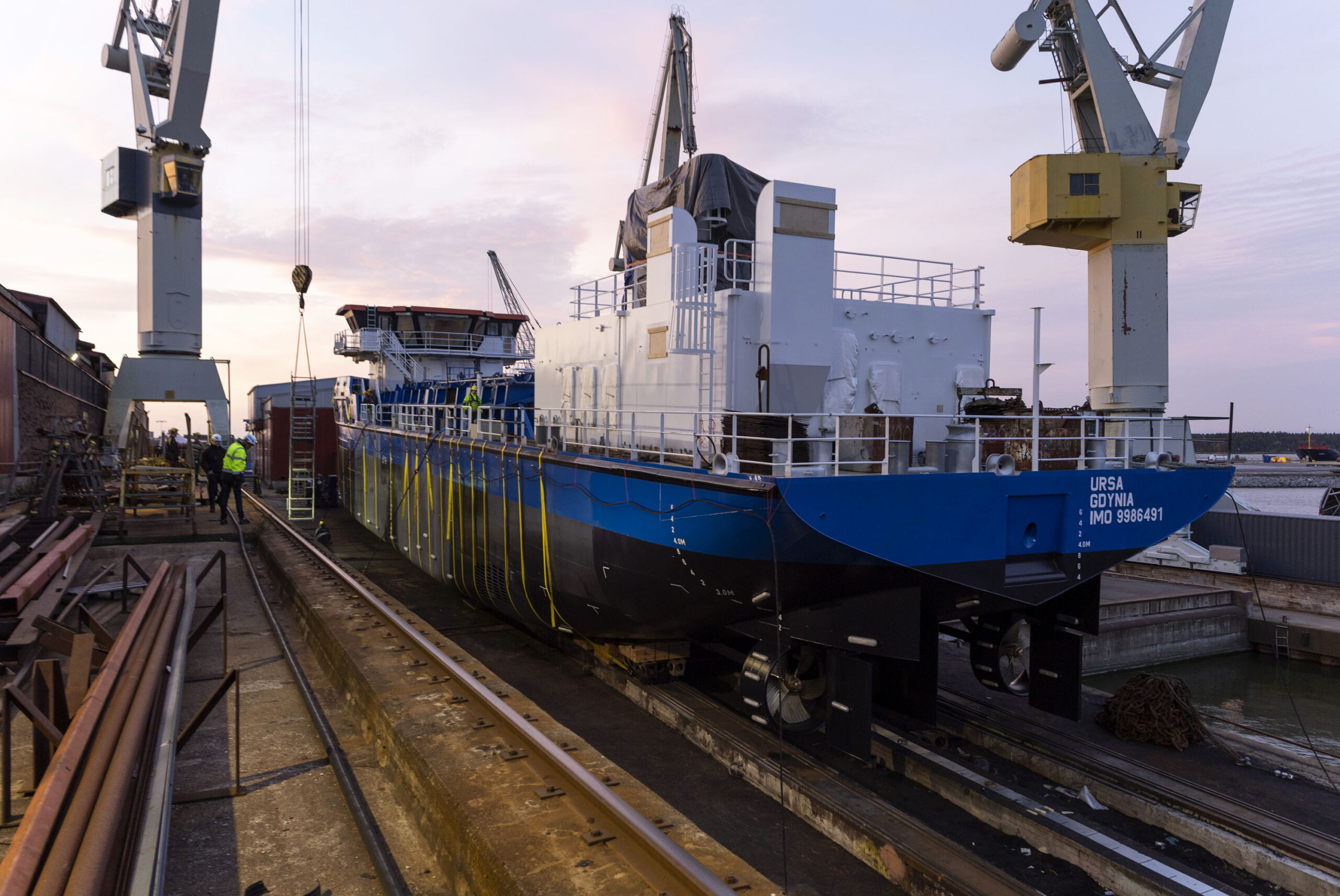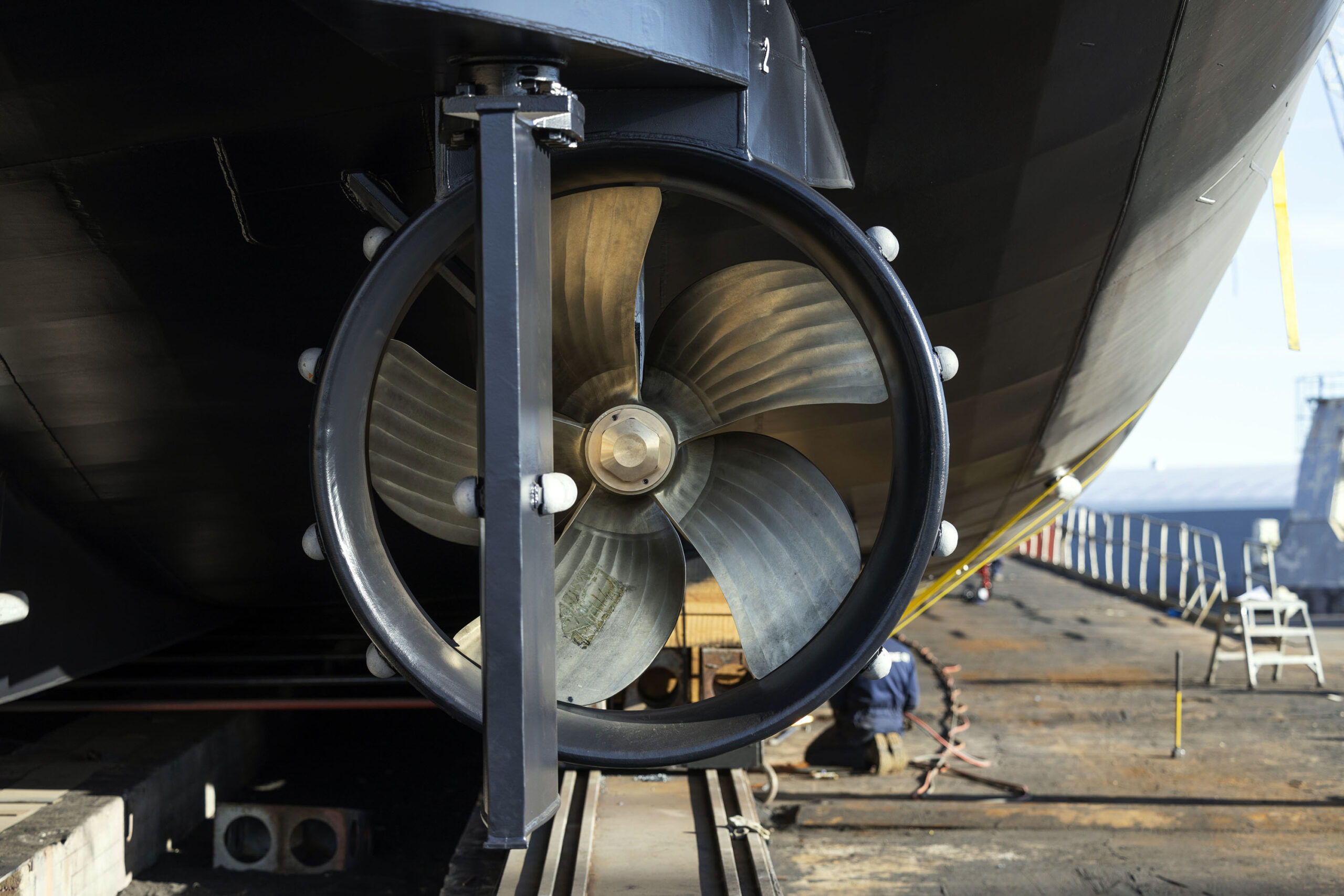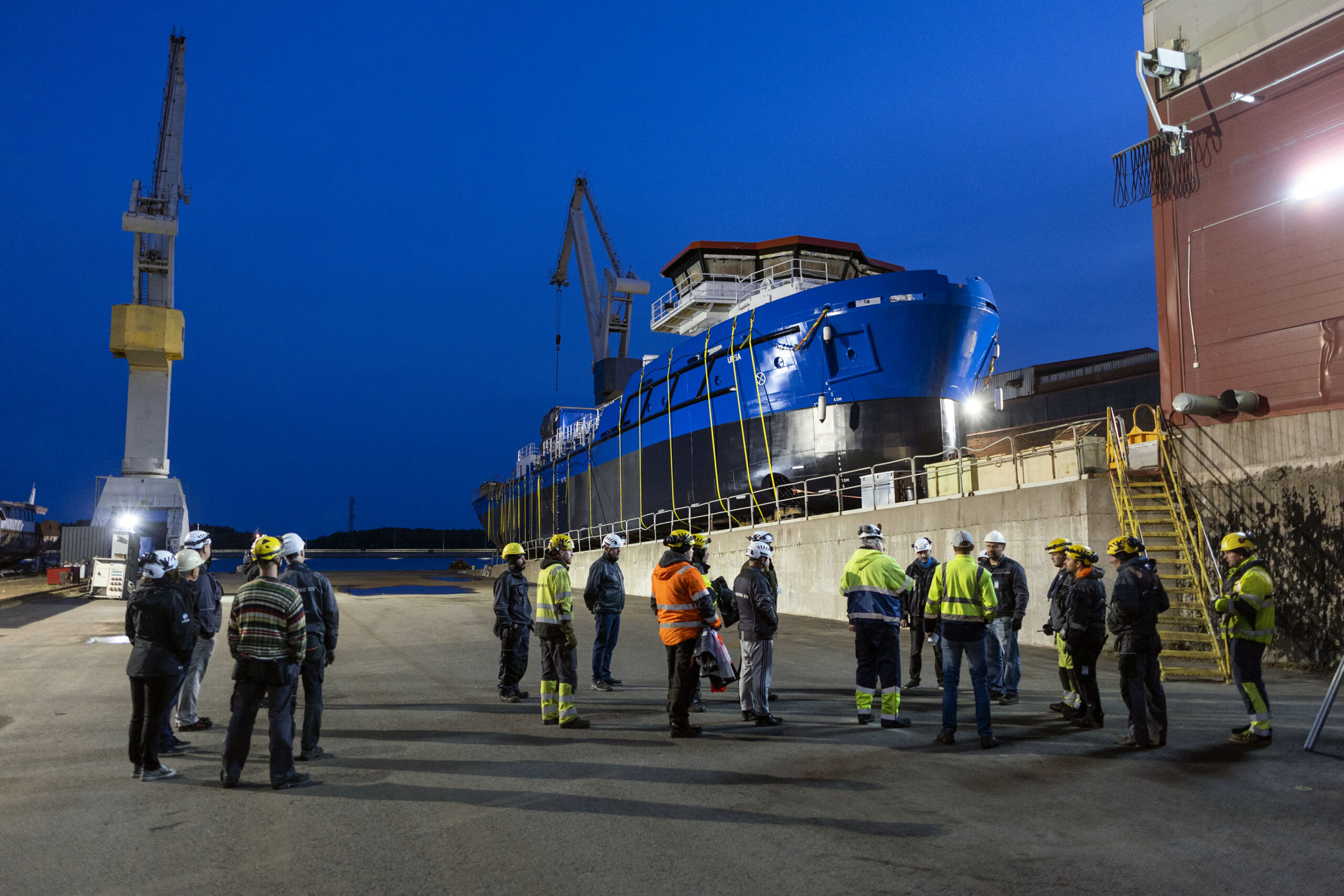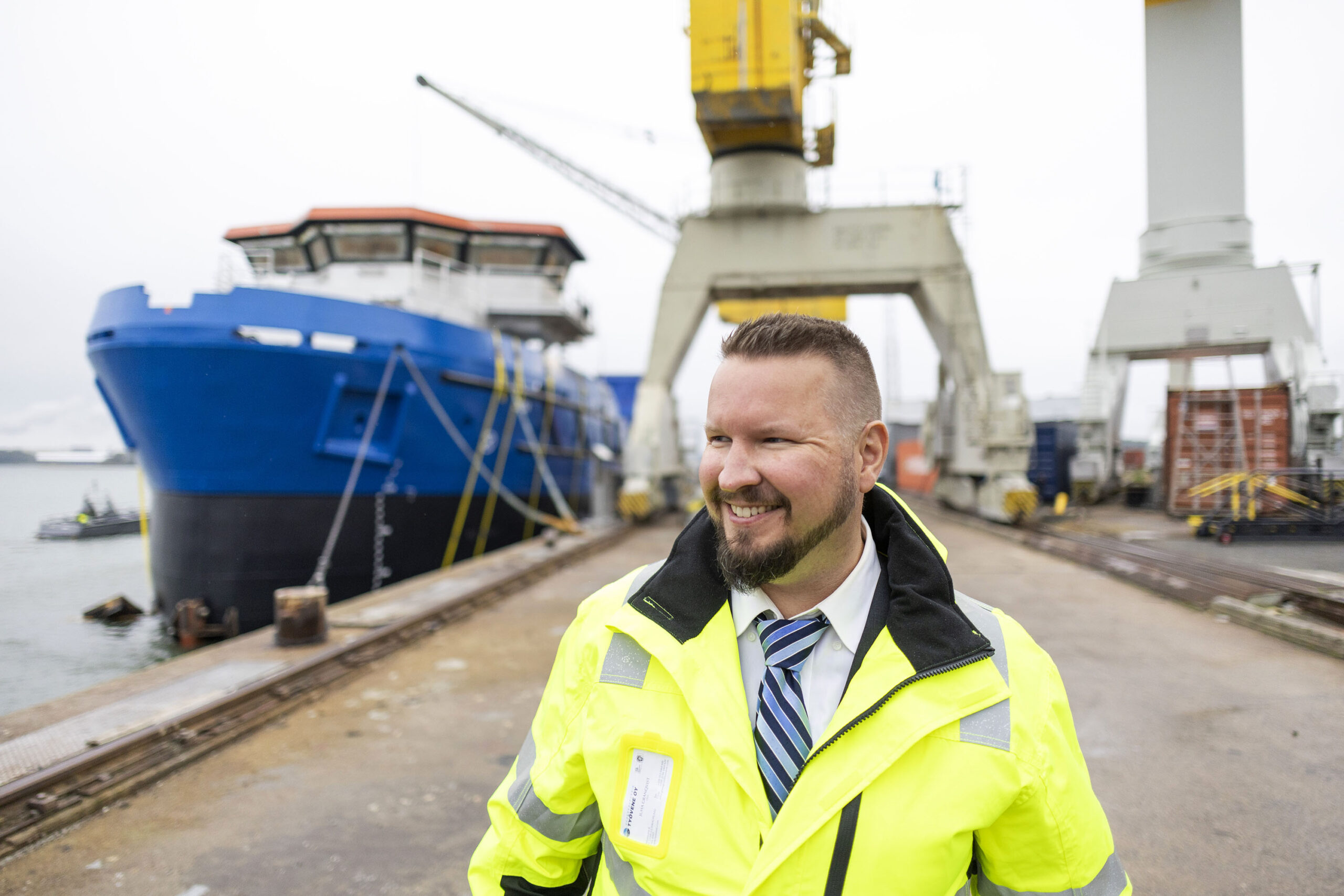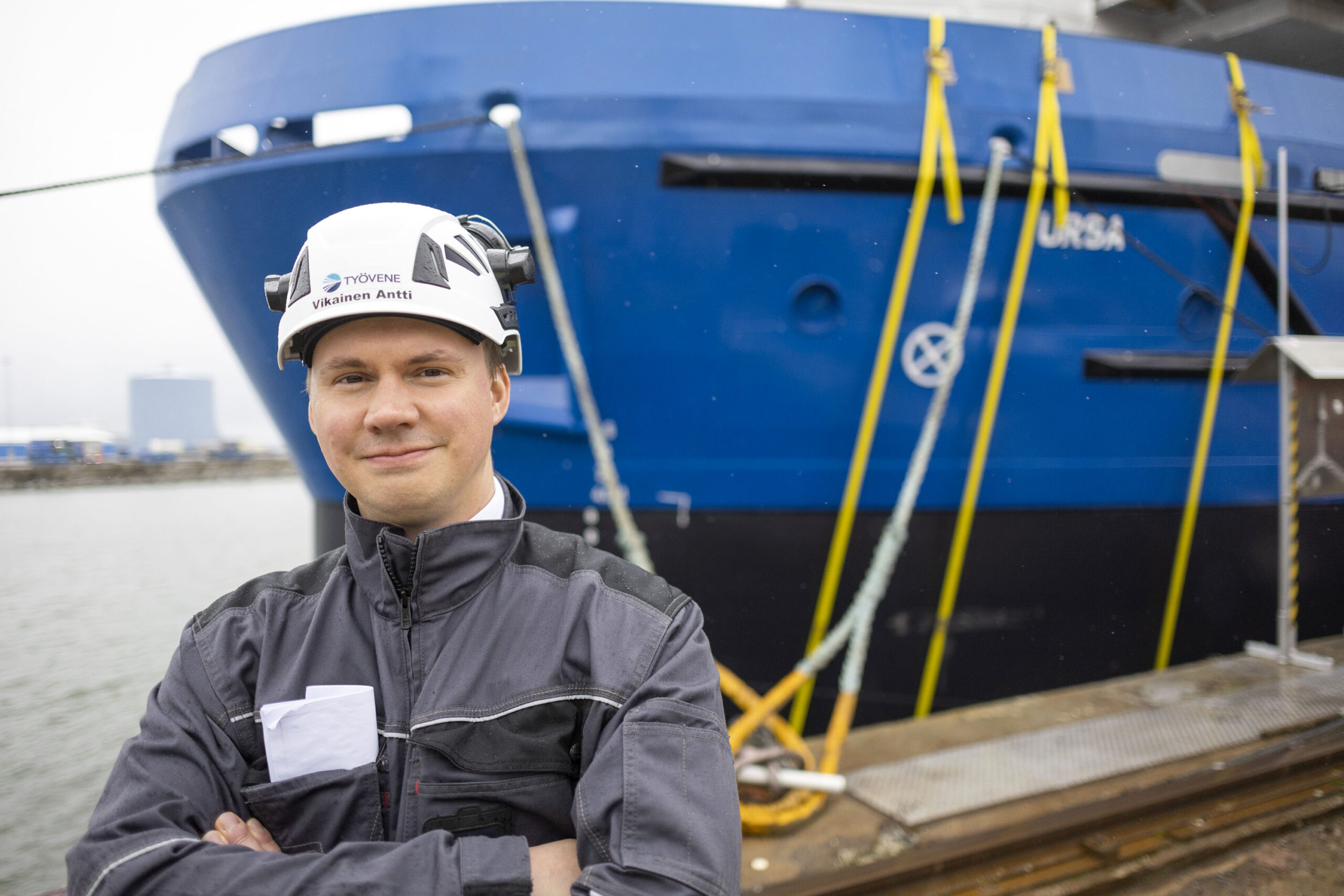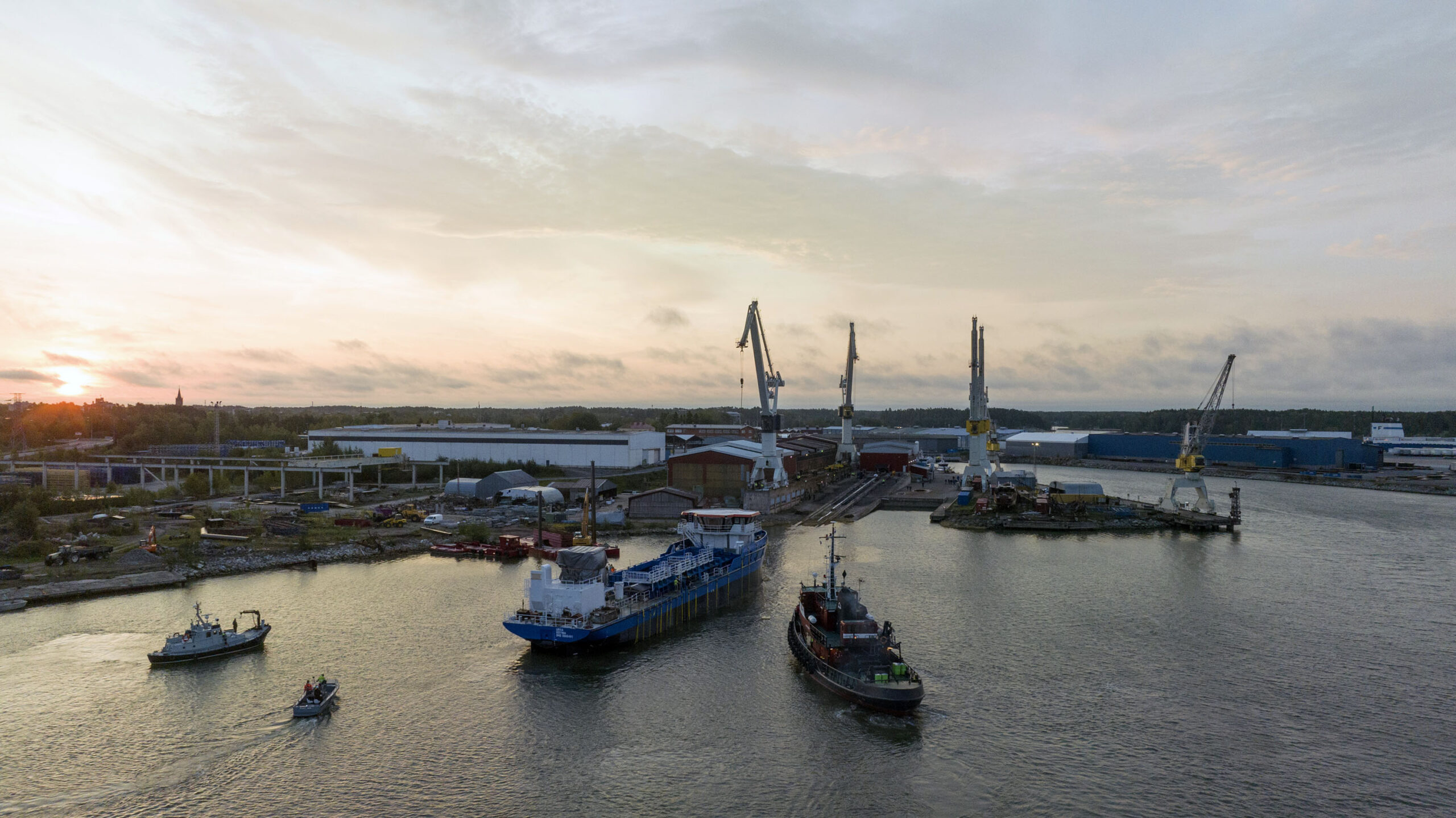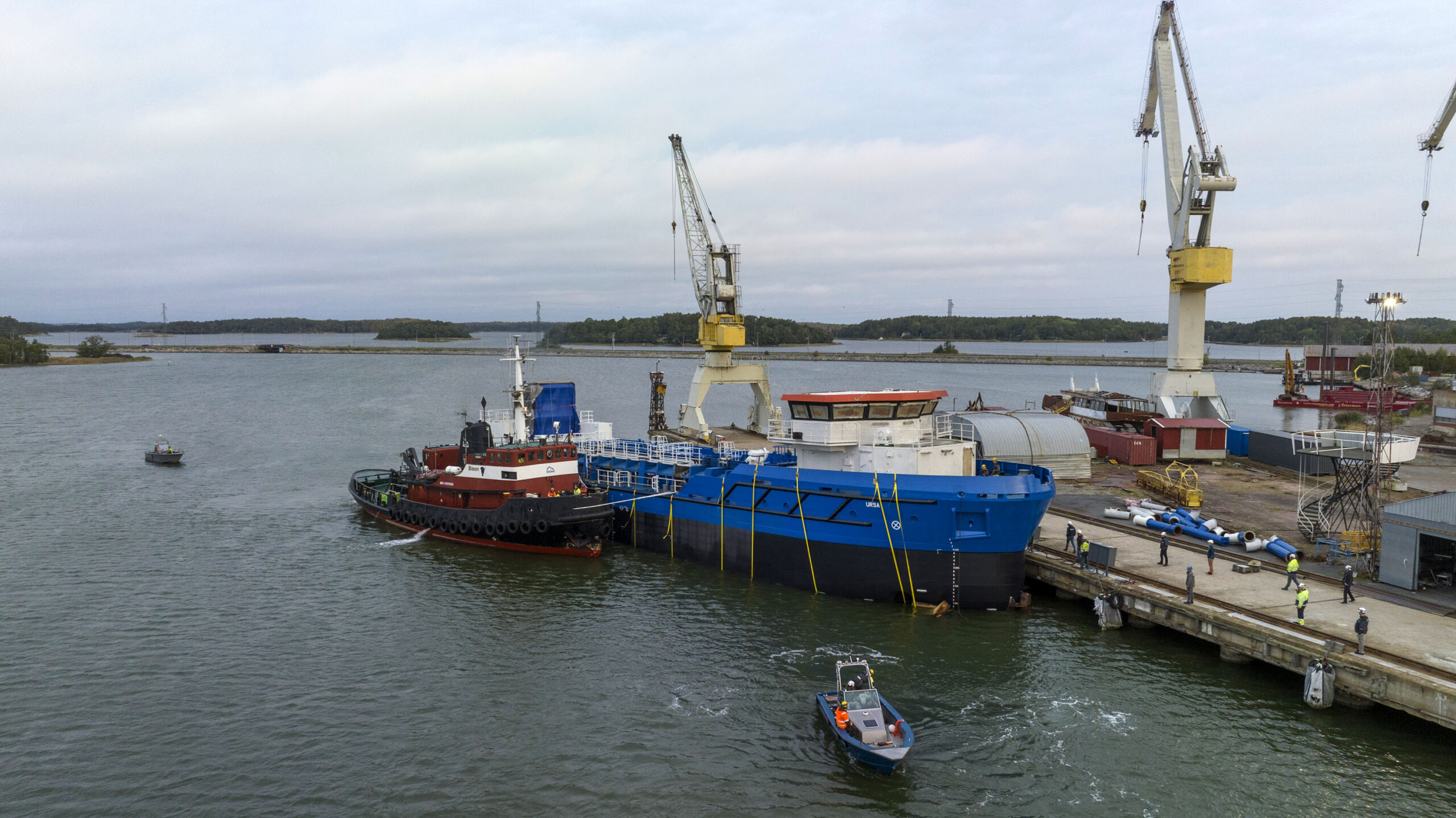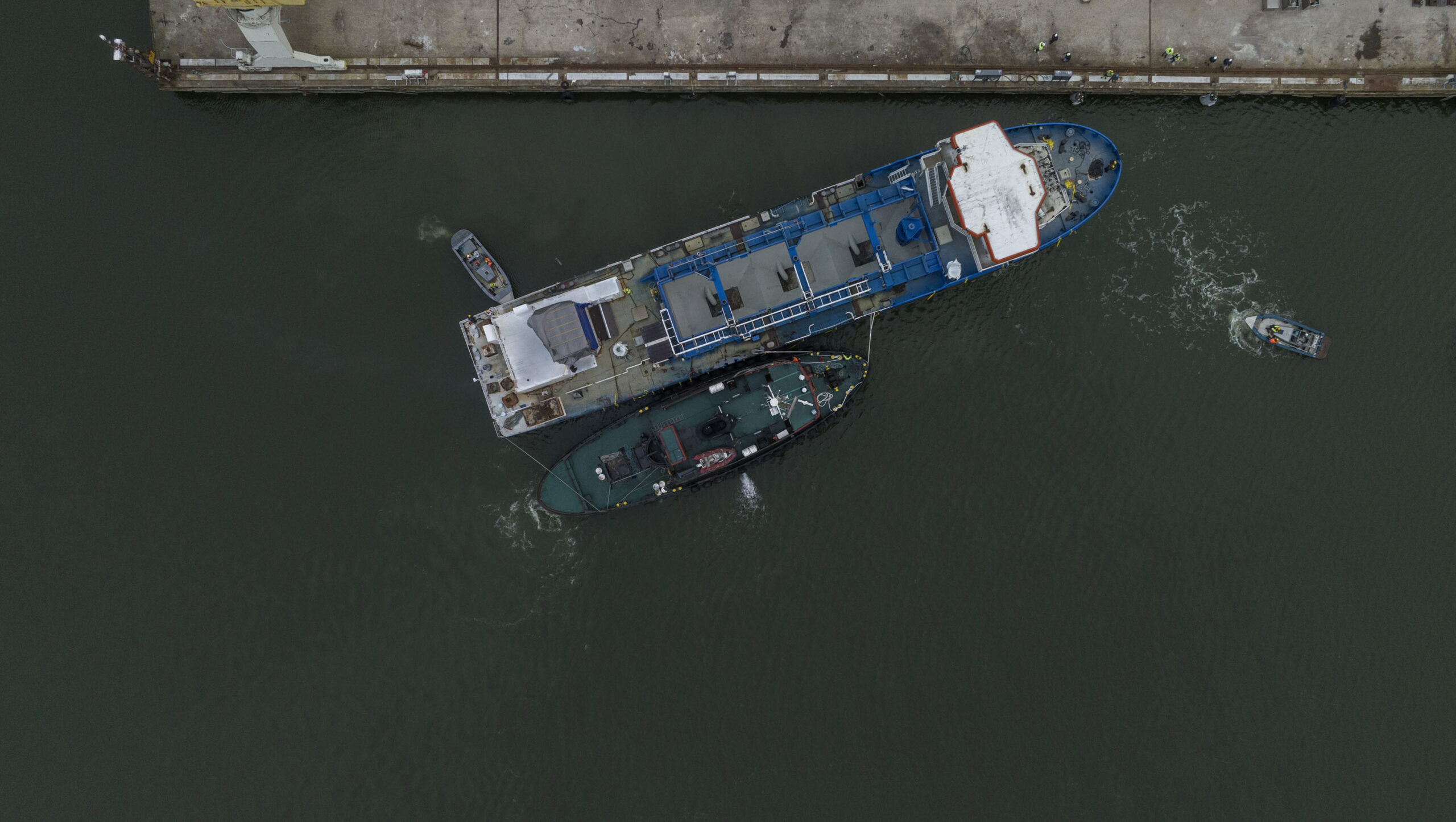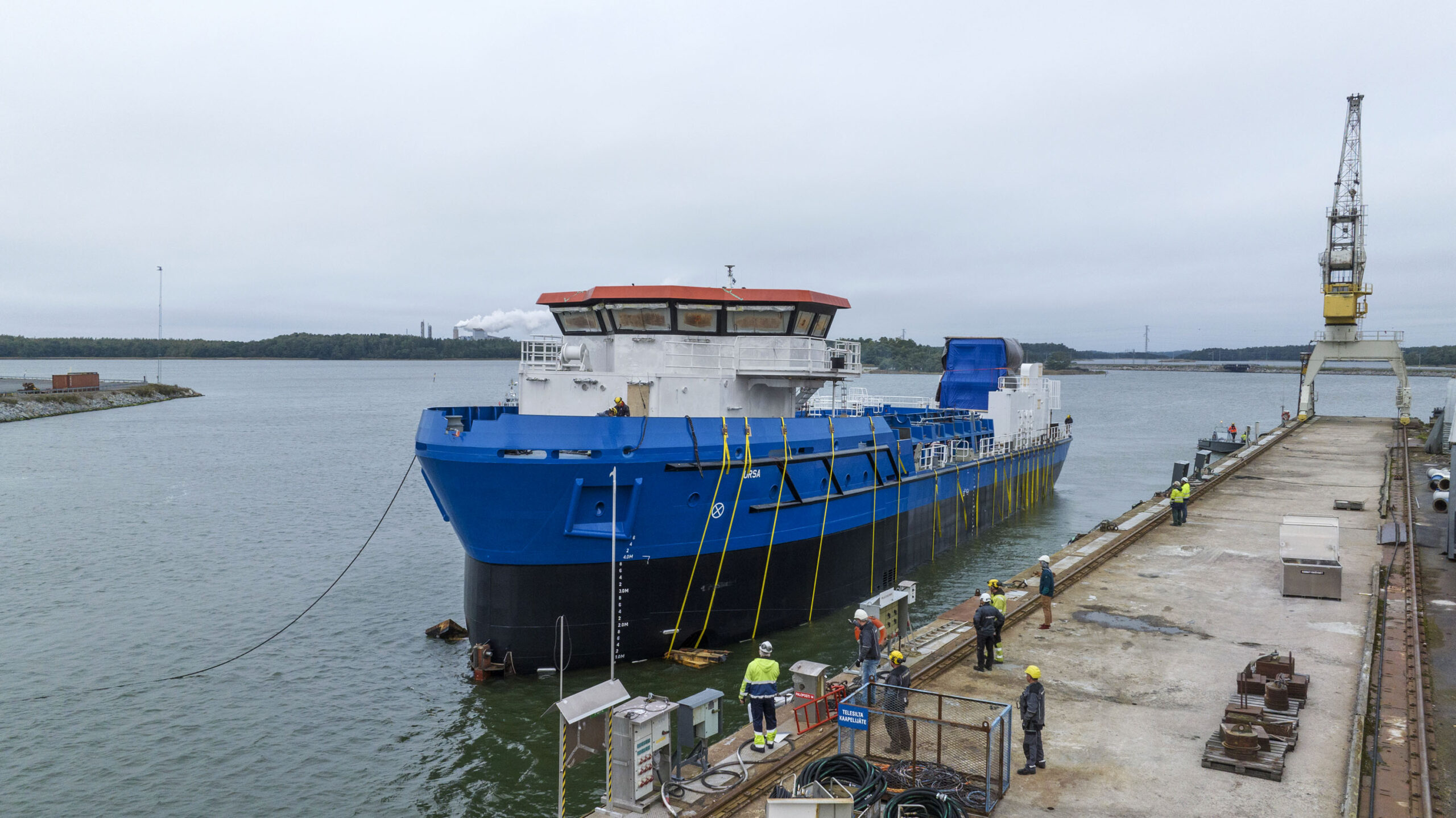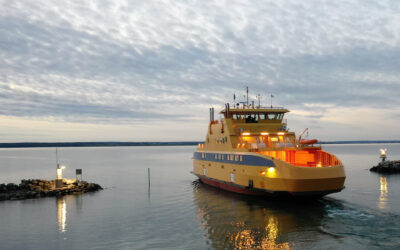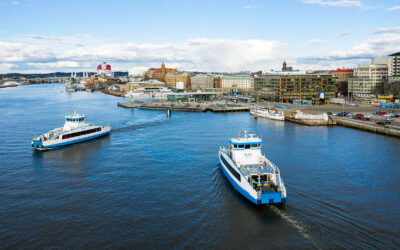Ursa – Työvene’s first ever dredger
Työvene’s first ever trailing suction hopper dredger (TSHD) was launched in September 2023. The vessel will be used to maintain the depth in the Vistula Lagoon Canal and fairway that connects the Polish city of Elbląg with the Baltic Sea.
Creating safe navigational conditions
The Vistula Spit Canal in Poland was officially opened in September 2022. Its creation allows ships to enter the port of Elbląg without having to sail through the Russian Strait of Baltiysk. This makes the journey 100 kilometers shorter and saves both time and fuel costs. The environment also benefits from less pollution.
One crucial part of the project is to create safe and navigational conditions in the 1,3-kilometer-long canal by maintaining a minimum water depth of 5 meters. This is why the Maritime Office in Gdynia commissioned a Trailing Suction Hopper Dredger from Työvene in 2022.
– Sediment often moves around at the bottom of the intended area of operation, for instance because of storms and silt brought in by the river. This is a problem when the waterway needs a certain depth so that boats and ships can safely sail through.
– If large amounts of sediment shift into the canal and fairway, it can pose a danger, says Antti Vikainen, project manager at Työvene.
The dredger is tailor-made and designed to facilitate the very specific requirements put in place by the Maritime Office.
– Among other things the vessel must be able to conduct dredging operations in very shallow waters.
The technique
As the name of the dredger implies, it uses suction to remove sand, clay, silt and gravel from the seabed. The suction pipes are comparable to large vacuum cleaners that are slowly dragged along the seabed. The mixture of sediment and water is sucked through the pipes into the vessel’s hold before being discharged further out at sea.
– The material in the hold is liquefied and then pumped to the reclamation site through a partly floating pipeline. In this case the reclamation site is an artificial island in the Vistula lagoon. To our knowledge, the island’s purpose is to act as a wildlife conservatory, says Antti Vikainen.
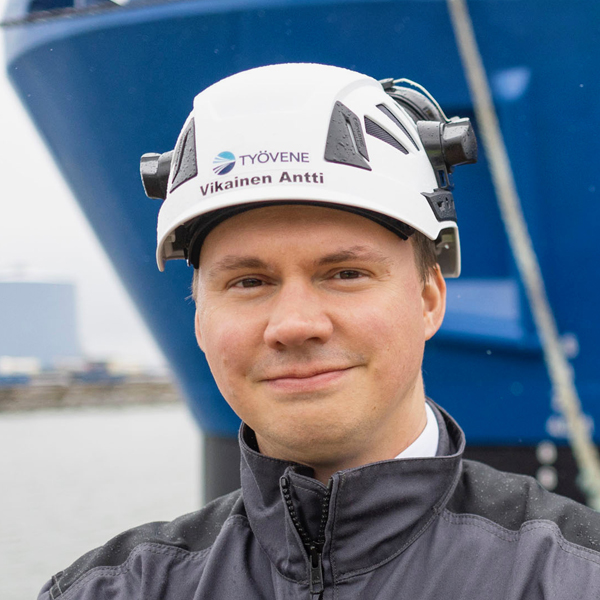
If large amounts of sediment shift into the canal and fairway, it can pose a danger. The vessel must be able to conduct dredging operations in very shallow waters.
Antti Vikainen,
Project Manager, Työvene
Ursa – the launch. Photo: Kasper Dudzik
About the project
Työvene aims at becoming the Nordic leader within advanced marine projects and has extensive experience of manufacturing work boats and specialty vessels in both aluminum and steel. The Trailing Suction Hopper Dredger is a steel construction made to withstand a high level of wear and tear.
This is the first time Työvene has built a dredger and to make sure that the highest standards were met Työvene cooperated with two Dutch companies with expertise in in the field: C-Job is a design company with experience in dredger designs and Holland Marine Technologies BV is supplying the dredging related equipment.
The market for dredgers in Finland is small. But in other parts of the world, not least in the Netherlands, the demand is substantially higher.
– Työvene is always looking to expand into new segments, and building dredgers has the potential to broaden our customer base and create new business opportunities.
– By analyzing specific markets, we are able to make informed decisions and tailor our strategies accordingly, says Juha Granqvist, CEO of Työvene.
Facts:
-
950 m3 Trailing Suction Hopper Dredger
-
Main functions: Dredging duties
-
Dredge pump: 3 500 m3/h
-
Dredging depth: 5–18 m
-
Hull material: Steel
- Length: 62,75 m
- Speed: 8 kn
- Fuel: abt. 100 000
- Main engines: Propulsion engines: 2x Cummins QSK19 2×559 kW
- Classification: Bureau Veritas I + Hull + Mach, Hopper dredger, Tier III, Coastal area, Dredging over 8 miles from shore with H.S. ≤ 1,5 m, AUT-UMS
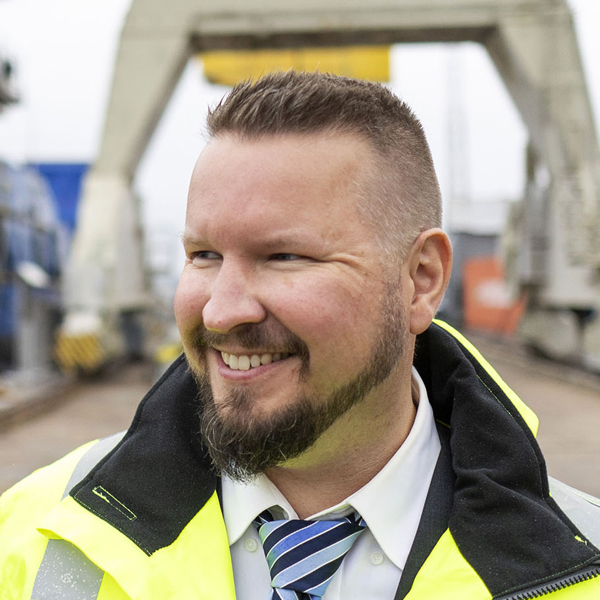
Building dredgers has the potential to broaden our customer base and create new business opportunities.
Juha Granqvist
CEO, Työvene
More customer cases
The Braheborg story
This is the story of how the ferry Braheborg came into existence through the magic of project management, and how Työvene moved part of it’s construction capability to the center of Sweden.
Västtrafik’s ferries over Göta River
Read the story about how Swedish Västtrafik AB managed to solve commuter needs with sustainable ferries.
